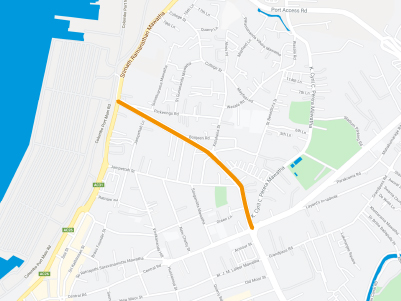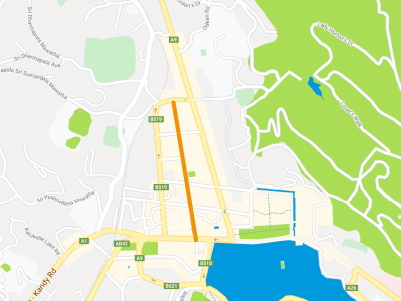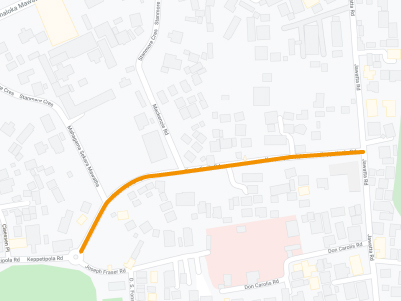Olcott Road
Prior to February 1967, Olcott Mawatha was known as Norris Road. In 1967 the government at the time combined this road with Railway Road and named the extended road after Henry Steel Olcott to commemorate the 60th anniversary of his death. A statue of him was also erected opposite the Fort Railway Station which is now a well-known landmark.
Colonel Henry Steel Olcott (1832 – 1907) was the co-founder and first President of the Theosophical Society. Previously he had been an American army officer, a lawyer and a journalist. Olcott was the first well-known European to officially convert to Buddhism. He helped revive Buddhism in Sri Lanka and he is still commemorated for this. He arrived in Colombo in 1880 with Helena Blavatsky. They both took the Five Precepts at a monastery near Galle. His book: “The Buddhist Catechism” (1881) brought together the main principles of Buddhism to educate Westerners. This book is still used today. The Theosophical Society built several Buddhist schools in Ceylon (Ananda College in Colombo, Dharmaraja College in Kandy, Mahinda College in Galle and Maliyadeva College in Kurunegala). Olcott was also instrumental in the design and promotion of the multi-coloured Buddhist flag used as a universal flag representing all Buddhist traditions.
Want to know more about Henry Olcott?
Colonel Henry Steel Olcott (2 August 1832 – 17 February 1907) helped create a renaissance in the study of Buddhism through his initiatives as the President of the Theosophical Society. Olcott is considered a Buddhist modernist for his efforts in interpreting Buddhism through a Western lens.
Olcott was a major revivalist of Buddhism in Sri Lanka and he is still honored in Sri Lanka for these efforts. Olcott is known to Sri Lankans as one of the heroes in the struggle of our independence and a pioneer of the present religious, national and cultural revival.




